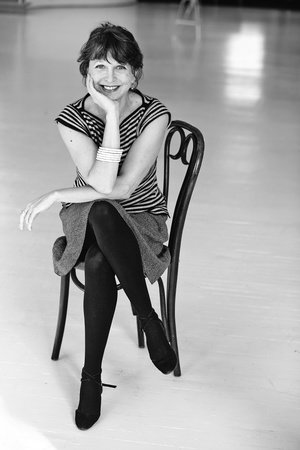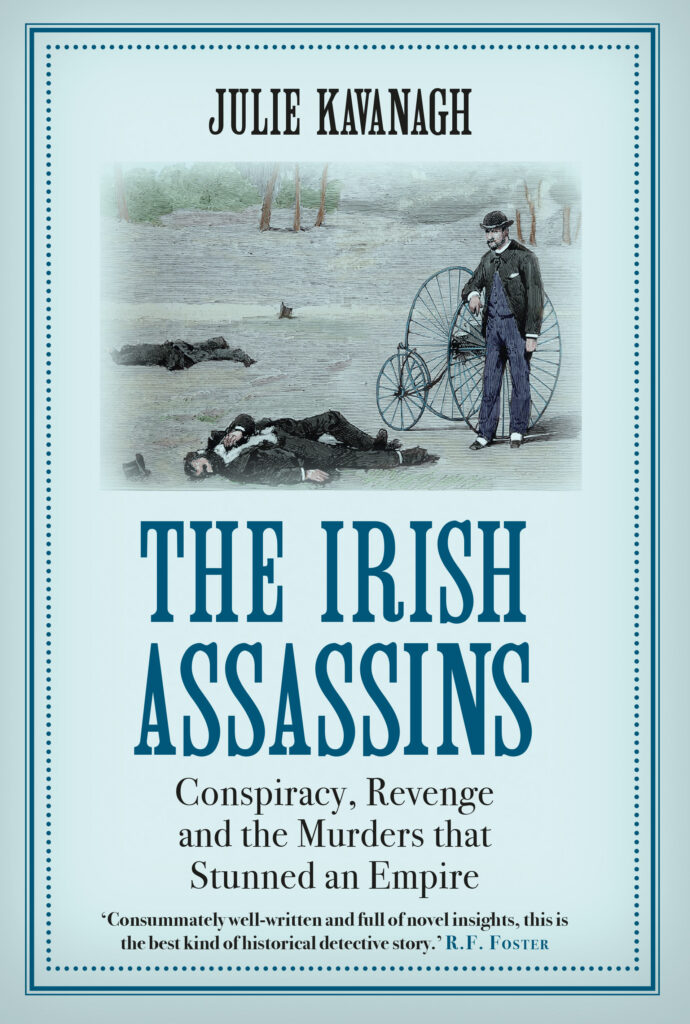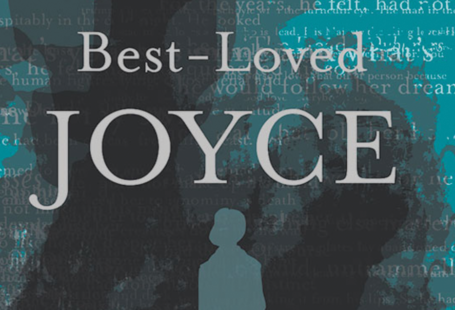It all began with a reporter’s notebook and a murder, but by the time I’d finished, the story had expanded to encompass Irish land wars, adulterous love, a trans-Atlantic assassination plot, the whims and venom of Queen Victoria, acts of realpolitik, courtroom drama and even the intervention of the American President.
I found the notebook in a trunk when sorting through my late parents’ papers. My father, Christopher Kavanagh, a South African journalist had written a longhand transcription of an Irish assassin’s trial in London’s Old Bailey in l883. As I knelt reading it I became transfixed. Further rummaging turned up a synopsis of a linked double assassination that had taken place in Phoenix Park a year earlier, as well as mug shots of the perpetrators who called themselves The Invincibles. My father had died soon after starting to research the book he was passionate to write, but I saw enough that afternoon to know what my next project had to be.
Never has a book so insistently tugged me out of my comfort zone…
My own books have been about cultural figures – a great choreographer; a ballet superstar; the courtesan who inspired La Traviata – and by tackling political assassination I would be venturing way off piste. My surname and roots may be Irish, but I had only the scantiest knowledge of Anglo-Irish history – the 700 year conflict that I needed to absorb as background for the book. I spent the first couple of years educating myself and sleuthing in archives as far afield as Cape Town. The more I found out, the more I understood that this was not just a gripping murder yarn, but a vital political turning point: the catastrophic impact of the Phoenix Park conspiracy derailed a peace process that could have changed the history of Ireland. Never has a book so insistently tugged me out of my comfort zone; in fact there were times when I could swear it had taken on a life of its own.

Julie Kavanagh trained as a dancer at the Royal Ballet School. She has worked as the ballet critic of the Spectator, arts editor of Harper’s and Queen and London editor of Vanity Fair and The New Yorker. Her books include Secret Muses, Rudolf Nureyev and The Girl Who Loved Camellias.







Recent Comments